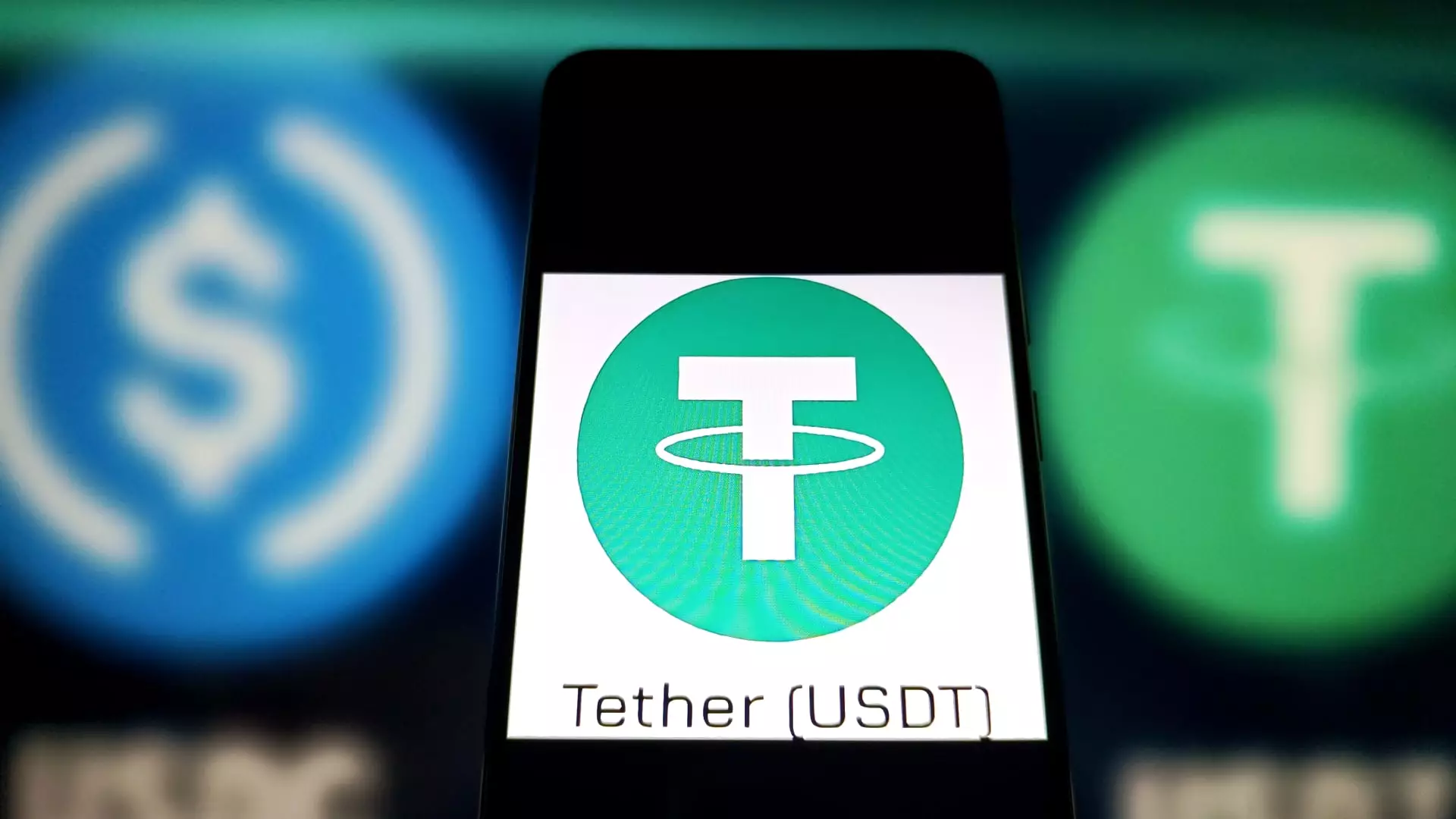In a momentous announcement that reverberates across the global financial landscape, Hong Kong has enacted a groundbreaking stablecoin bill aimed at refining its cryptocurrency licensing framework. This strategic move is not merely a regulatory formality but a pivotal action that positions Hong Kong as a progressive hub in the evolving dynamics of digital finance. Unlike cryptocurrencies known for their price volatility, like Bitcoin, stablecoins are pegged to tangible assets—such as fiat currencies or precious metals—making them a more stable alternative in the digital asset marketplace.
The newly minted bill requires stablecoin issuers to secure licenses from the Hong Kong Monetary Authority (HKMA), imposing strict conditions on how they manage asset reserves and handle client assets. This decisive action not only enhances Hong Kong’s regulatory framework regarding virtual asset activities but also paves the way for fostering financial innovation while reinforcing the market’s integrity.
The Role of Regulation in Financial Stability
However, one must wonder: can regulation and innovation coexist in harmony? The entrenched belief among some stakeholders is that the heavy hand of regulation stifles creativity and adaptability. Indeed, navigating the delicate balance between fostering innovation and ensuring stability is a complex endeavor. By mandating stringent requirements for stablecoin management, Hong Kong’s new law aims to safeguard investors while instilling confidence in a notoriously unpredictable market.
This is a commendable objective. Immediate regulatory clarity can act as a catalyst for institutional investors, allowing them to treat digital assets with the seriousness they deserve. Regulations can cut through the noise of speculation, establishing a pragmatic environment where innovation thrives under well-defined guidelines. And yet, we must remain vigilant. Regulation can easily tip into overreach, posing the risk of quashing the very dynamism that drives the sector forward.
Global Context and Market Implications
Hong Kong’s initiative arrives on the heels of a global regulatory push, exemplified by the recent advancement of the GENIUS Act in the U.S. This synchronicity highlights a growing consensus among governments that stablecoins warrant specific regulatory focus. From Europe to Asia, industry leaders and governments recognize the imperative to establish frameworks that not only protect consumers but also stimulate adoption by promoting legitimacy and trust in crypto assets.
Chengyi Ong from Chainalysis emphasizes the potential of stablecoins to address traditional financial inefficiencies—think slow settlement times for cross-border payments. As one of the cornerstones of the broader cryptocurrency ecosystem, stablecoins can serve as bridges to unlock financial opportunities that have long eluded conventional banking. But this transformative potential relies heavily on robust regulations that ensure stability and security in digital transactions.
A Dual Responsibility: Innovation and Trust
Still, the question looms: Will these regulations genuinely lead towards a vibrant digital economy, or will they become shackles that hinder progress? For any regulation to gain the public’s trust, it must be transparent and adaptable, evolving in line with technological advancements and market demands. Thankfully, the HKMA has committed to conducting further consultations to refine its approach—indicating a willingness to collaborate with industry players rather than imposing dogmatic rules.
The digital landscape is tumultuous and unpredictable, yet it is also ripe with opportunity. The potential benefits of adopting stablecoins—greater accessibility to financial services, improved efficiency, and reduced transaction costs—are immense. But for these benefits to be realized, a strong commitment to transparent and flexible regulatory frameworks is essential. In this regard, Hong Kong can emerge as a lighthouse guiding other jurisdictions toward a balanced, pragmatic approach to innovation.
Financial Innovation or Stagnation?
In the race toward a comprehensive financial ecosystem, the Hong Kong model could be a significant game-changer, showcasing how strategic regulation can lead to both innovation and stability. But as we laud this development, we must also advocate for continuous reflection within the regulatory processes. The landscape is fast-changing, and what may seem prudent today could become obsolete tomorrow. Stakeholders must remain engaged, urging the HKMA to remain attuned to the dynamic shifts in technology and finance.
The call for a collaborative, transparent approach is more than just a best practice; it’s a necessity. Without stakeholder engagement, we risk stifling an industry that, when navigated correctly, offers transformative potential for individuals and businesses alike. The pathway to a secure, prosperous, and innovative financial future hinges on the delicate balance between regulation and freedom, a balance that Hong Kong is now tasked with mastering.

